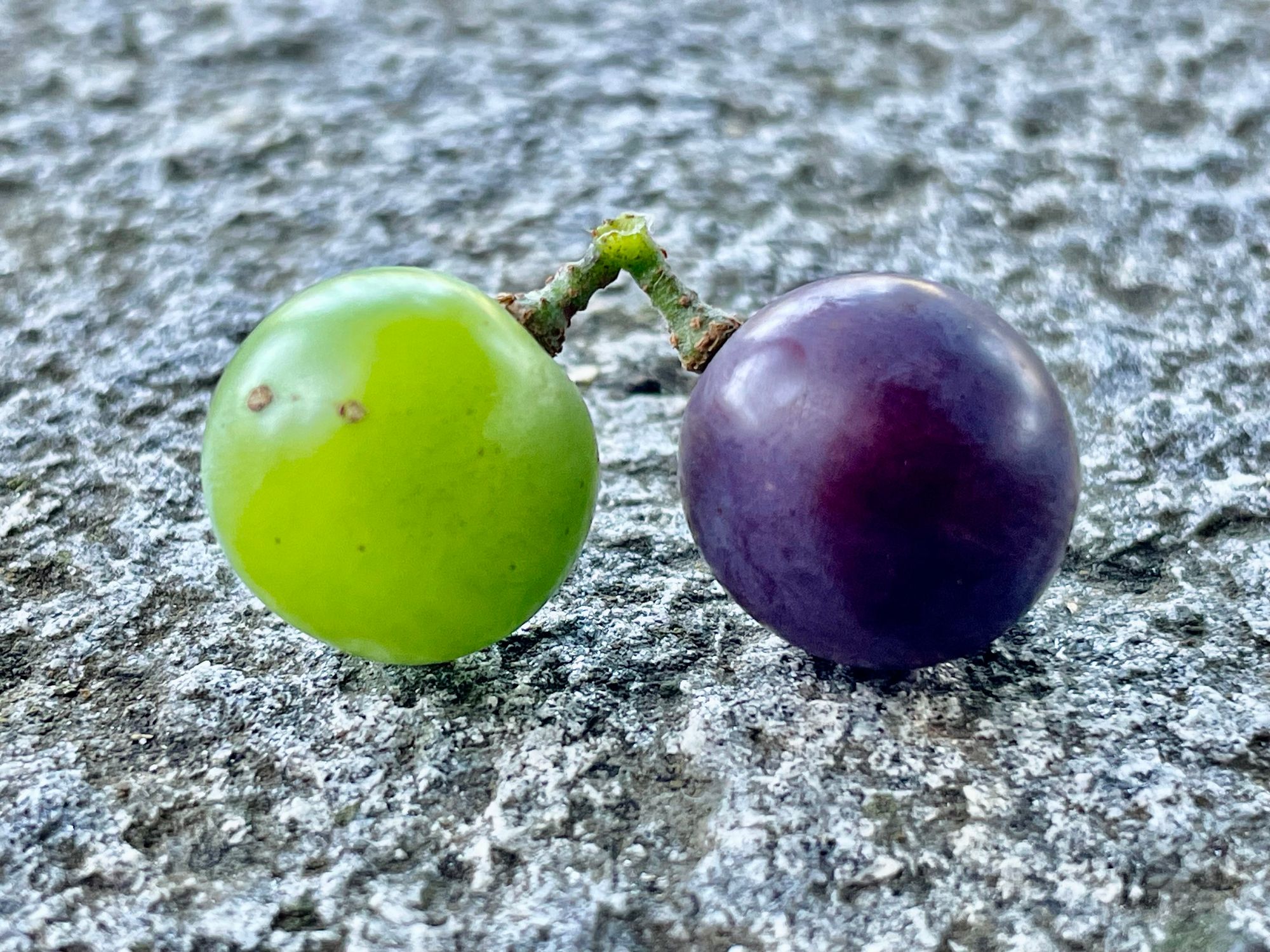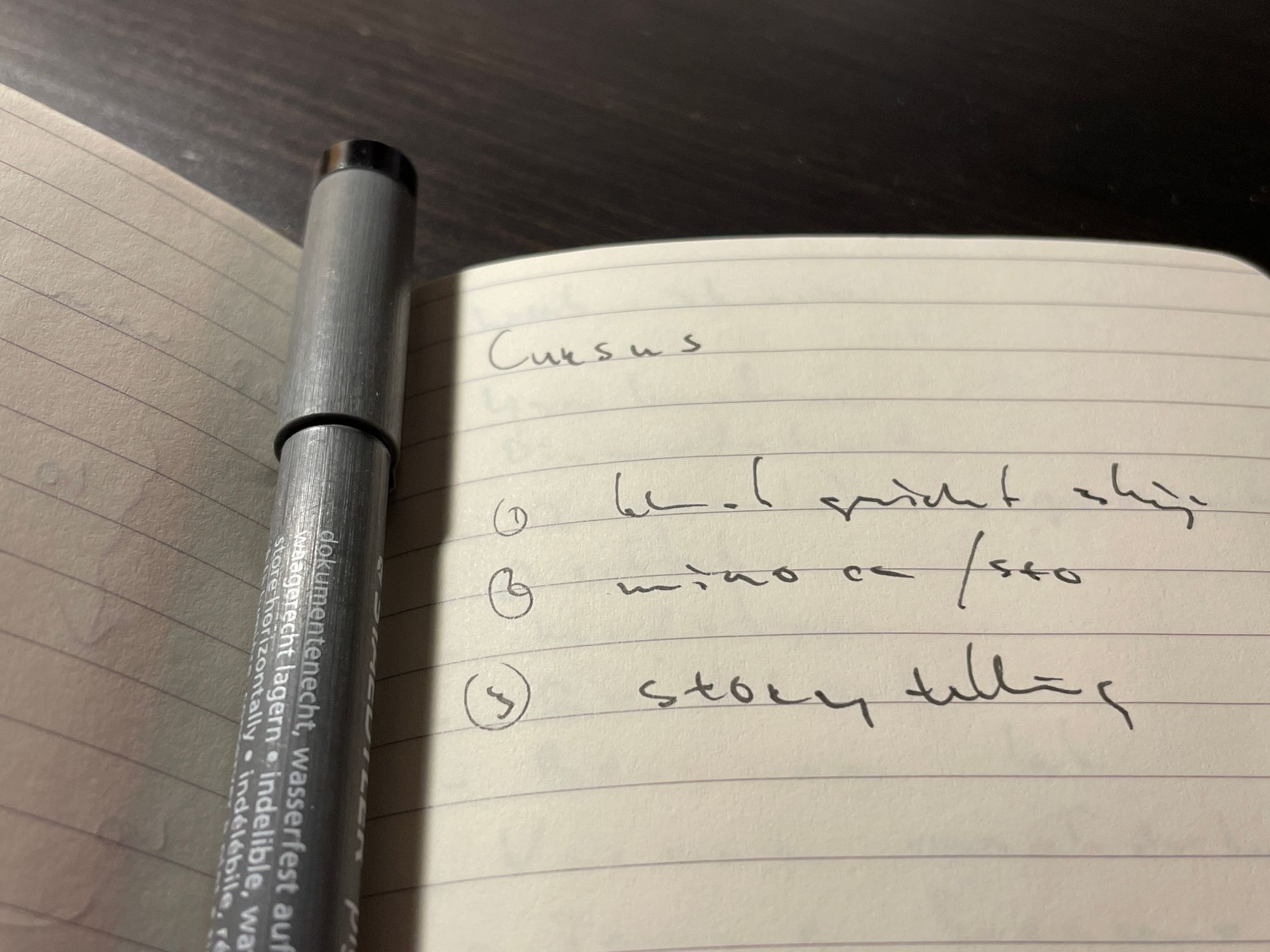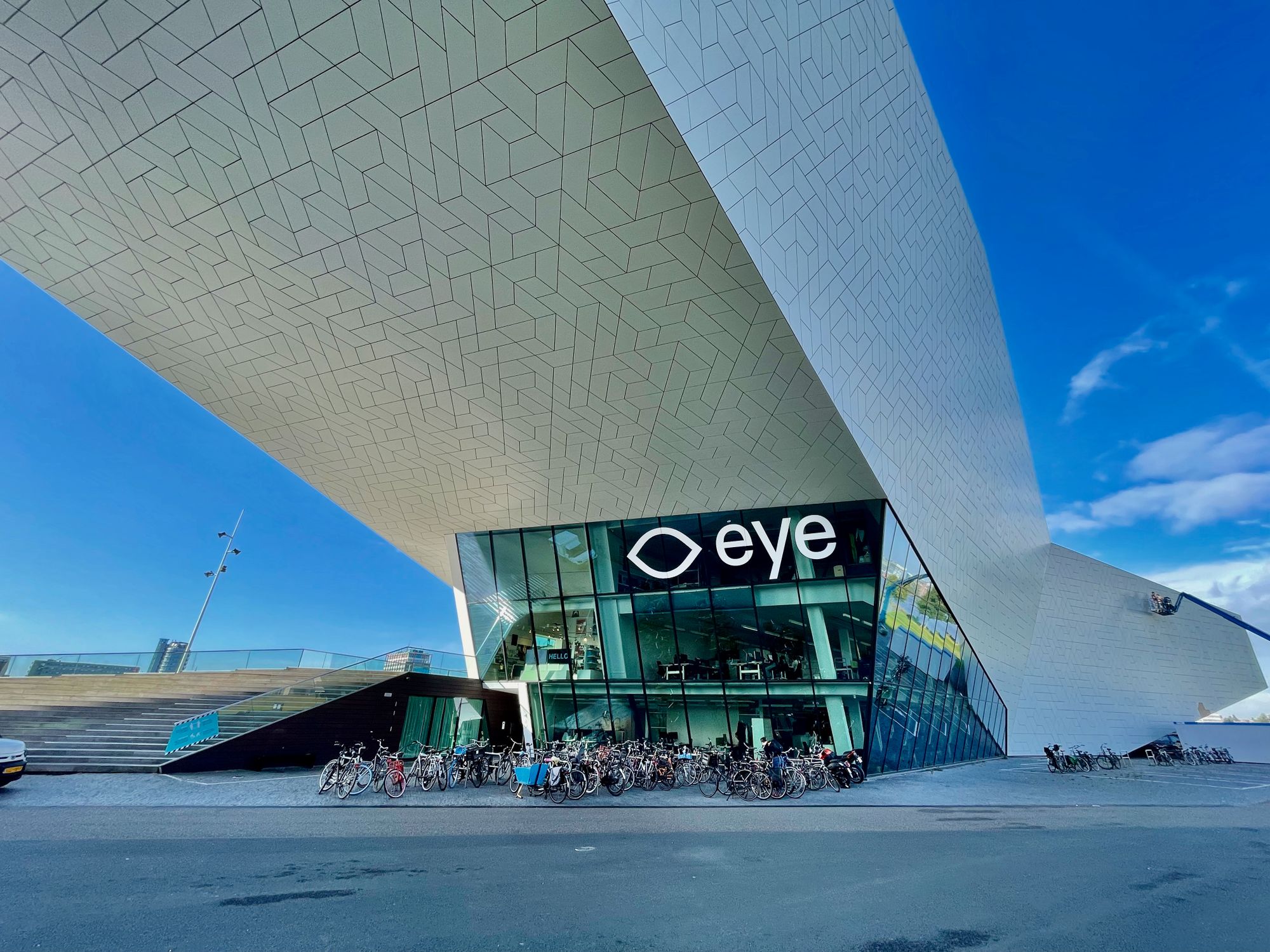LiveDrop: Offline Data Sharing
Introducing LiveDrop: Transforming offline info sharing with just a screen & camera. No network? No problem.
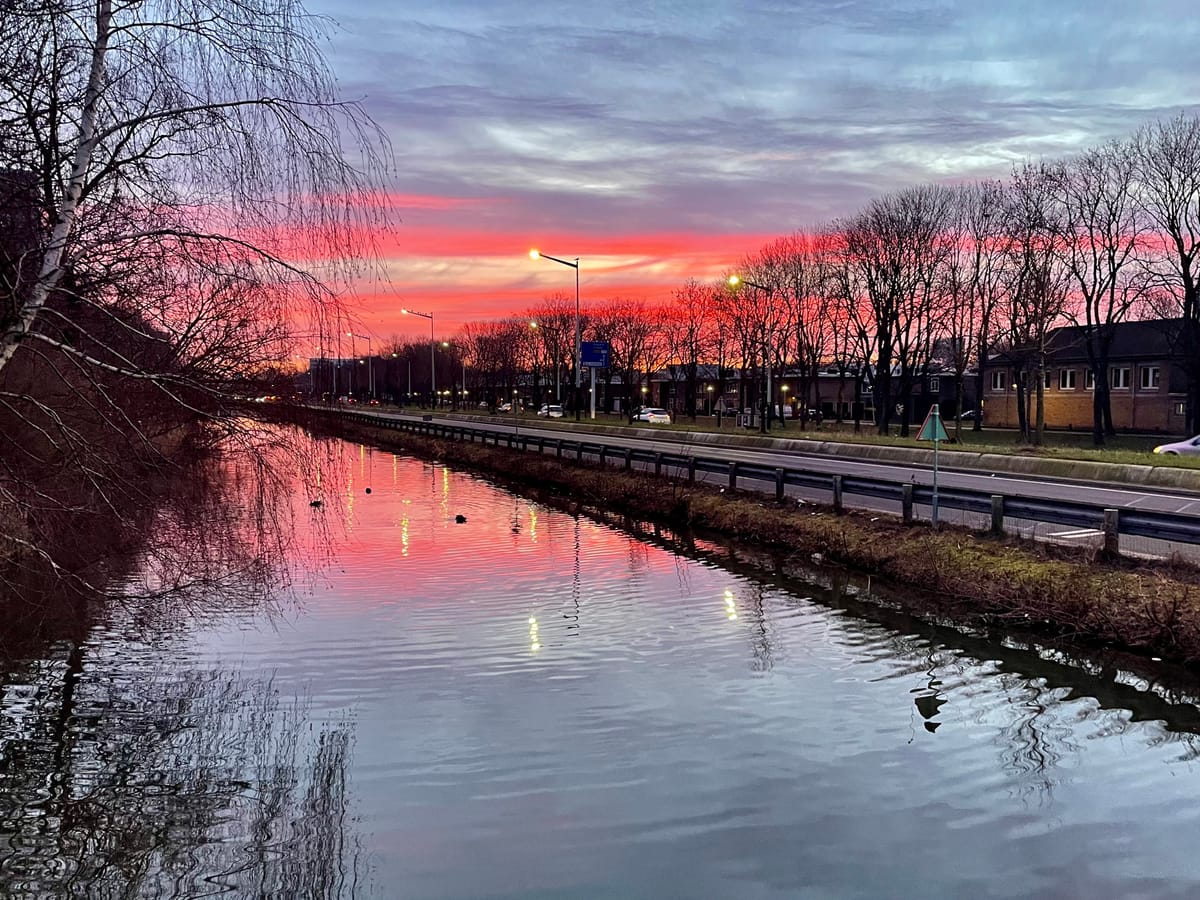
Recently, I came across a mention of LiveDrop in the news, sparking my curiosity about this innovative technology. LiveDrop offers a unique method for sharing information directly from one phone to another without the need for a network connection, bypassing traditional requirements for 5G or WiFi.
This transfer is facilitated from screen to camera, functioning like an advanced QR code.
I had an interview with Patrick Moreu from LiveDrop and the idea and value of the concept of sharing data without network quickly became very tangible.
The Practicality of LiveDrop in Everyday Scenarios
The necessity for both the sender and receiver to have an app installed presents a bit of difficulty on the practical application of such a feature. While the concept is intriguing for its privacy and convenience, the requirement for app installation can be a barrier in situations where quick sharing is essential or when network connectivity is unavailable.
This limitation seems particularly relevant in crowded events or venues, such as conferences or restaurants, where network congestion is common. Although these scenarios highlight potential use cases, the need for a prior app installation could dampen the spontaneity of sharing moments or information.
The ideal solution would be the integration of LiveDrop as a native platform feature across iOS and Android devices, similar to the ubiquity of QR codes today.
However, the challenges of achieving such integration with major tech companies could be substantial, raising questions about feasibility and the potential for these companies to adopt or adapt the concept independently.
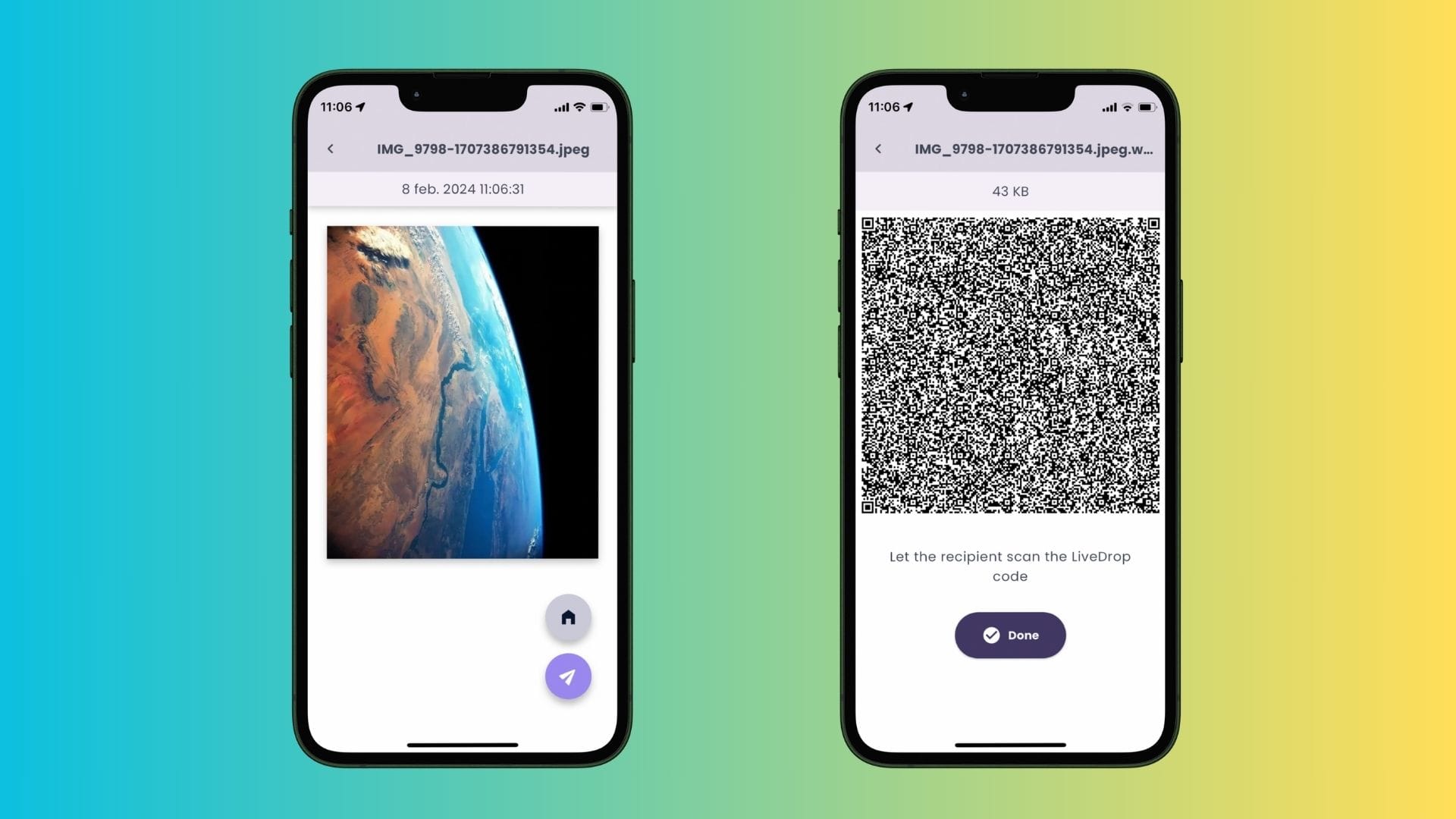
LiveDrop in Healthcare
Despite initial skepticism regarding its practicality and scalability, my perspective shifted following an interview with Patrick Moreu from LiveDrop. He reiterated the technology's focus on privacy and security, demonstrating its effectiveness even through screens. However, the real breakthrough came when discussing LiveDrop's application in a healthcare setting.
Collaborating with a regional hospital, LiveDrop was integrated into the hospital's app, enabling doctors to share medical reports instantly with patients. In PDF format or any other data from the Electronic Patient Dossier (EPD), like particular data fields from the dossier or images.
This approach not only bypasses the need for complex network infrastructure but also eliminates the hurdles of account creation, verification, and authentication. By enabling secure and immediate information sharing, LiveDrop offers a compelling solution for healthcare, where confidentiality and accessibility are paramount.
Explanation of sharing medical information through LiveDrop
The Potential of LiveDrop
LiveDrop's innovative approach to data sharing, particularly its application in sensitive environments like healthcare, demonstrates its potential beyond initial impressions. It encourages us to reconsider the possibilities of technology in facilitating secure, efficient, and accessible information exchange without reliance on traditional network infrastructures.
For those intrigued by the blend of technology and privacy, exploring LiveDrop further might reveal more about its capabilities and future applications.
Download the app and check out the LiveDrop website if you see potential for your use cases.

